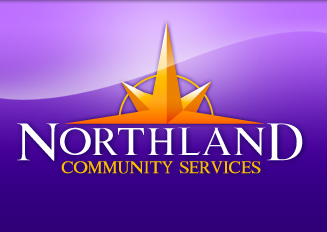Services
Basic Triage Decisions in Services for Children and Families
BASIC TRIAGE DECISIONS IN SERVICES
FOR CHILDREN AND FAMILIES
Jon S. Matthew
July, 2009
1. Regular ISP
2. Traditional services
3. Case management only
4. Emergency team
5. Irregular ISP
6. Information and referral only, after brief contact
7. No services at all
The county department on a daily basis responds to requests, formal or informal, to address social problems in the community. These requests come into the department through a variety of channels. Staff having responsibility for responding to these requests have to make a choice of what to do, a choice of what kind of commitment to make in addressing the specific needs of the people who are identified as the potential recipients of services. That is the business of triage. In human services work today we are almost always dealing with faces and names, and the services we provide are typically focused on somebody’s life, and the people who are concerned about it.
The department cannot and should not get involved in providing services for all people having problems. Thus, we have a situation in which some we do and some we don’t; a situation in which some are in, and some are out. Additionally, we ask, if we do admit somebody, then where, to whom, for what, and why? If we don’t admit someone, than what is our responsibility in educating the people making the request?
This triage work is one of the most important things we do in human services, and if we don’t do it well, we potentially make things worse, for them, and for ourselves. Good triage starts with the request itself, and goes from there to interpreting the request, meaning translating the request into language that opens doors in the department, or closes them. This gate-keeper role can be done well, or poorly, depending on how sophisticated we are in taking the request and developing an action plan. Essentially, this gate-keeper role involves the process of answering the questions who, what, when, where, why, for everyone who comes to the door. This process needs to be an inherent part of public human services.
Above are the options in addressing the needs of families and children who are having problems. Going from request to choosing one of these options requires a process of taking the request, developing an initial data base, considering possible referral, collaborating with service providers about the referral, and finding an option that fits. Although triage doesn’t end after the referral is made, these are the hallmarks of the initial triage process, and good initial triage workers are able to move through this sequence.
One of the characteristics of triage is that it is a downstream process, that is, the movement involved is movement on a line that extends downhill. Those at the top of the hill start the ball rolling by sending the person to someone who is down the line. The people down the line receive; they usually don’t send people back, because the direction of the current makes it difficult to move back upstream. If the person is placed in the wrong channel, it is hard to reverse course, to make a correction, because the people downstream are focused on doing what they do, and probably won‘t figure it out for awhile. If the referral is wrong, then the opportunity to do the right thing may be missed entirely. Thus, the goal of triage is to make the right decision the first time.
Another issue in triage in human services is that referral sources are multiple. Requests for services can be made by family members, the individual person, outside agencies, or other units in the department, representing a different sub-specialty of human services. There is no single channel of referrals possible, and there probably shouldn’t be. However, not all referral sources are as reliable in reporting critical information as others. Thus, missing or incomplete documentation needs to be discovered. That usually means working with the referral source until the necessary information is obtained, or by seeking other ways to get this information. Additionally, it is natural and fitting to respond most quickly to those we trust most, those who have been vetted through their demonstrated reliability in past interactions. Good triage requires an ability to judge the reliability of the reports we are getting, and the ability to find a way to get the most reliable information, before we admit someone to a specific program. In some cases, this will require an outreach effort on the part of the triage worker, a going out there to investigate the issue further.
In the case of mental health, intake without good triage can lead to bad business quickly. Not only can bad intake be a waste of time; it can create harm to the person, as well as to the staff and programs. Thus, mental health services have to carefully monitor the integrity of the intake process to get the most appropriate outcome.


